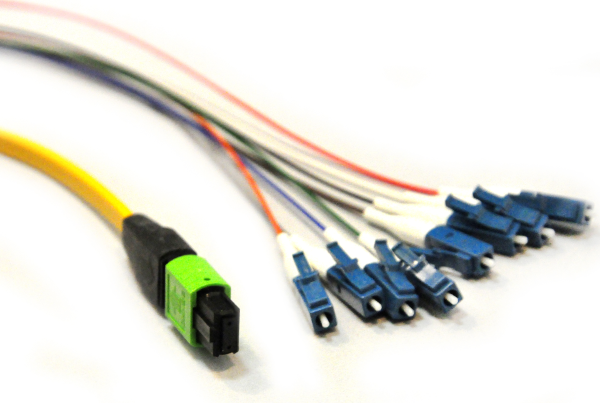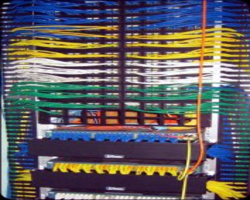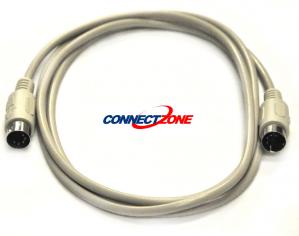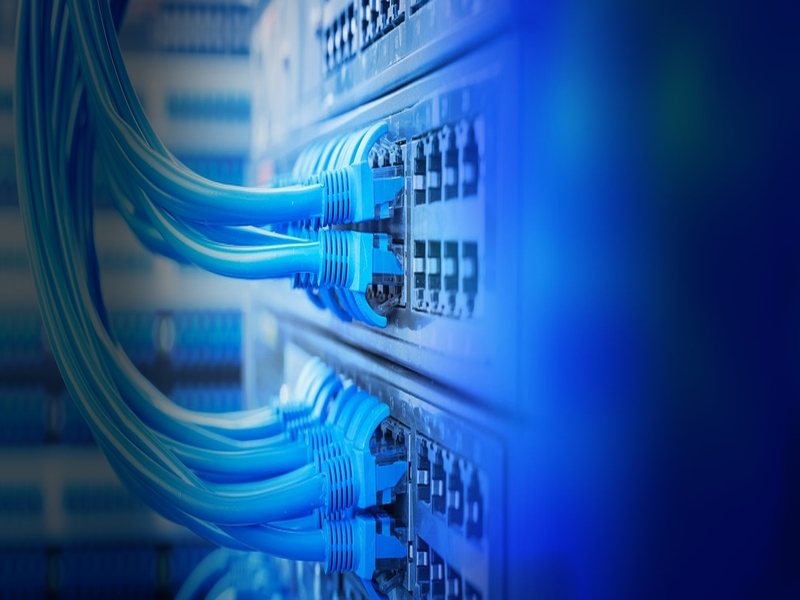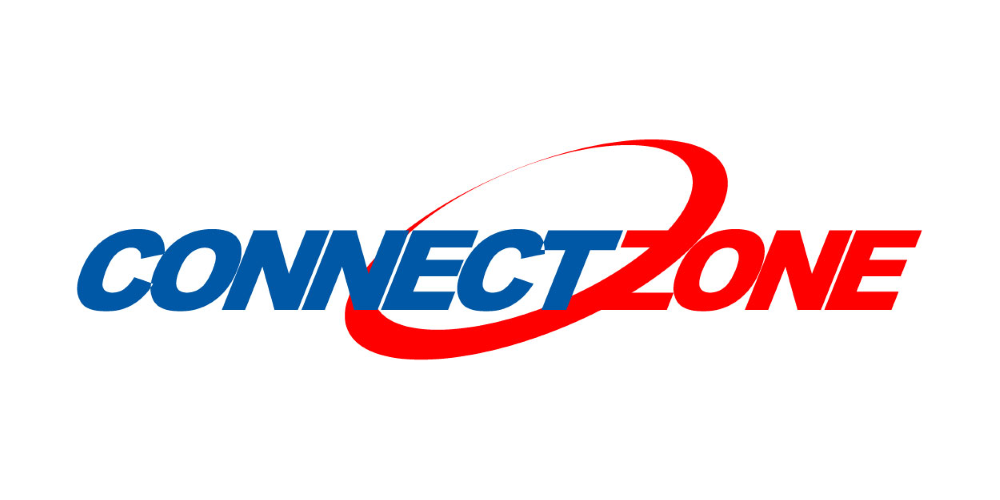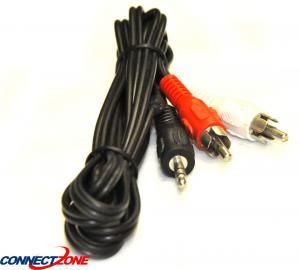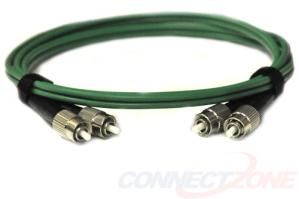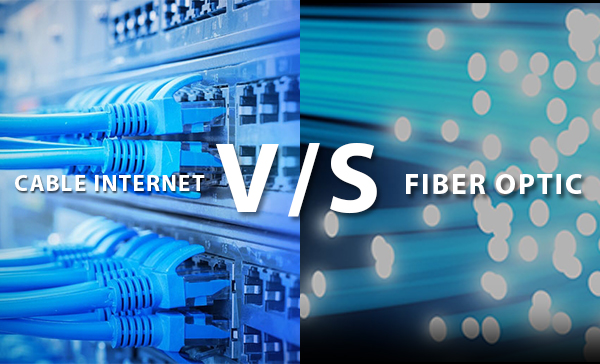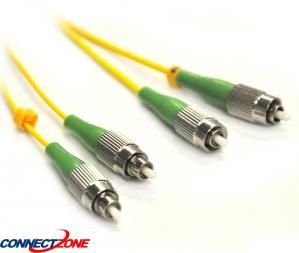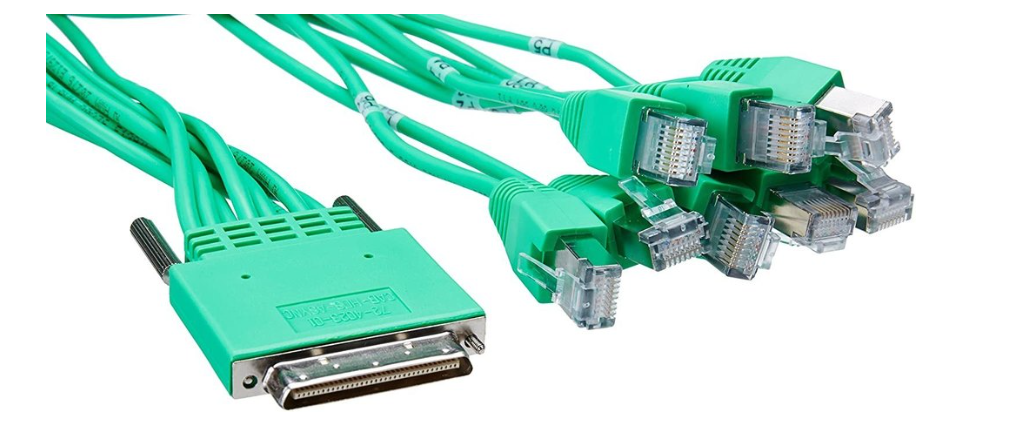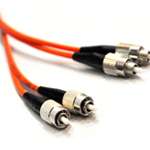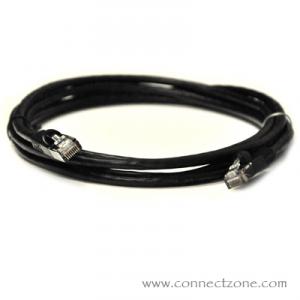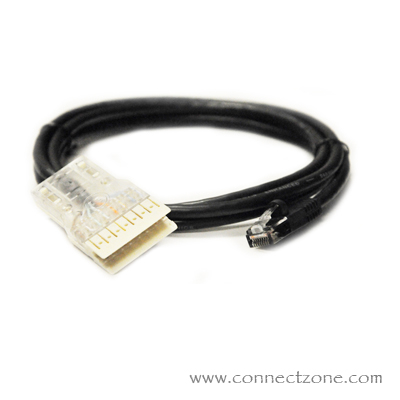We use cookies to make your experience better. Read more
- Fiber optic cable is substituting the copper cable for communication. One primary purpose of using the fiber optic cable is that it covers a vast distance of phone systems and network platforms, for example, school campuses and office buildings and industrial plants, and electric power agencies. Additionally, current fiberoptic cable is capable of operating at an astonishing speed to fulfill the ever-growing requirements of infrastructure. In today’s blog, we're getting to exemplify the fiber optic cable speed, that includes single mode fiber and multimode fiber speeds too. Fiber optic cable contains strands of optically pure glasses. These strands of glass are thinner than a human hair and can convey electronic data over a far distance. Digital signals are sent as pulses of light without any hindrance or limit. In this manner, the electronic transfer process is faster and much more reliable. Fiber-opticRead more
- Read more
Fiber-optics uses hair-thin strands of glass or fiber to send signals. The light from the sender end is guided through the center of this fiber which is called “Core”. A chemical substance surrounds this center called the cladding that encapsulates the light from the center using an optical method known as "total internal reflection." An ultra-pure glass is used to manufacture the cladding and core. The optic fiber is covered with a protective plastic known as the Primary buffer coating which protects it from moisture as well as other damages. Further, additional protection is added by the cable that contains the fibers and another layer inside which is called the Jacket. There is practicality associated with employing fiber optic cable core types for communication and data transfers. Communication engineers or system supervisors have to know about their fundamentals nicely before designing a system of optical fibers in the order they may take quick conclusions. As
- In this quickly paced age in which everybody is connected continuously through different means of communications with somebody in the other corner of the world, the infrastructure on which the communication technology is dependent should be in harmonious working condition. In a professional working environment, sorting the cabling that interfaces with telephones and gadgets to one another are critical for consistent quality and productivity. Structured cabling system is a kind of foundation that supports the execution of an association's cabling framework or system. In other words, it is a kind of a glue that joins all phones, PCs and other electronic devices used within the premises – giving a dependable and flexible solution to a wide range of communication requirements.Read more
What is Structured Cabling?
Structured cabling is characterized as a building or premise media communications - Keyboard cables may utilize any one of a variety of connector types. As you type on the keyboard, the chip in the keyboard examines the matrix and decides what data to send into the PC. It preserves these figures in its memory buffer then sends the information. In the current time, many keyboards link with the computer through a cable using a PS/2 or even USB (Universal Serial Bus) connector. Irrespective of which kind of connector can be used, the cable has to transmit power to the computer keyboard, and it has to send signals from the computer keyboard back into the pc. Before getting a new computer keyboard, confirm what connector type you want to make sure that the keyboard will be in tune with your PC. Here are some keyboard cable connector types that are used with a keyboard.Read more
6- PIN Mini Din Connector:
The 6-pin mini-DIN connector is a replacement for the 5-Pin layout. This - It is a costly procedure to set up a home system since you have to buy all the related gadgets (switch, modem, router, Ethernet links, etc.) and buy a contract of an expert to set up the home run cables. Be that as it may, remember that there is no such thing as the ideal home system—what works for you will depend entirely on your individual needs and the gadgets you use. Now and then, we get to hear from individuals who intend to install home network cables like Cat 5e or Cat 6 cables in a home system, yet they don't realize what Ethernet cable will work for them and what they can manage without. Thus, to help you with that this blog offers the Ethernet cable buying advice to enable you to run Ethernet cable with all the equipment:Read more
Category:
This is the most vital thing to consider because ethernet categories can have levels of interference and a wide - If you have been in a state of confusion, we hope that this jack vs. plug or connector jack vs. plug guide has helped you get a clearer picture.Read more
Plug:
The plug is part of a cable that connects into a port. The plug always connects to something else (e.g., a jack or port on the wall). For example, the most common plug is the power plug that connects your computer and monitor to a power source and allows it to turn on and boot. With the plug correctly wired and secured in the wall, appliances, lamps, electronics or other items requiring electric power can be plugged into the outlet. When the male metal prongs of the plug are inserted into the plastic-covered (but metal inside) female outlet, a conductive connection is created between the appliance or electronic and the home's electrical wiring. - We need different types of Audio cables, and frequently we wind up with such a large number of them. The audio cable is an under-rated piece of just another cable family. They are overlooked when it comes to their importance in setting up a network or a system. Costly gears and low-quality cables can lead to an infinite loop of trouble. While cables may not be the most amazing piece of your setup, seeing how they work and what to search for when shopping guarantees you to get the ideal sound. This audio cables guide will get you up to speeds for your systems and networks to select the ideal cables that best suit your needs.Read more
The Concept of Balanced Vs. Unbalanced Cable:
Unbalanced cables have two wires: a hot wire that conveys the signals, and a ground wire that is in a protected wrap. The shielded ground wire disconnects the hot lead from impedance - The Fiber optic technology is quicker and faster than the copper in the transmission of information/data. One of the significant reasons is that the fiber optic innovation transmits information in pulses of light while the copper wires transmit information via electrical flows. Accordingly, there is less resistance along the fiber optic when contrasted with copper wire. Thus, you would see that nowadays the fiber optic cable is used for internet connection services more. Ever since its development, Fiber Optics have played a significant role in the increase of the broadband speeds of the Internet. With global Internet speeds reaching upto 100 Mbps in downstream speeds is turning into a standard. It is anything but trying to overlook that before these speeds were feasible, we previously utilized the copper frameworks made by phone organizations to exchange the majority of our information.Read more
1- Why Use
- The two most advanced technologies - Fiber optic and cable Internet, are utilized to set up a fast Internet connection. If you need superfast broadband, your choices will ordinarily be either cable or fibre optic – but what are they, and what's the distinction? Furthermore, in particular, which one would it be a good idea for you to get? Let’s get clear with basic working on them before we move to the difference between cable and fiber optic internet.Read more
The Fiber Optic Internet:
Fiber optic broadband utilizes fiber optic links to send information. It is very quick, as compared to ADSL broadband, and gives you a significantly more stable association with a boot. With fiber broadband, your network is comprised of fiber optic lines up to your neighborhood road box, which at that point interfaces with your home using copper telephone lines. A couple of suppliers offer broadband with fiber lines - Alexander Graham Bell, the American inventor of the phone, first endeavored to utilize light around 1880. In any case, lightwave correspondence did not end up being attainable until the mid-twentieth century, until the trend-setting innovation gave a transmission source, the laser, and an effective medium, the optical fiber. The laser was created in 1960 and, after six years, scientists in England found that silica glass strands would carry light waves without attenuation, or loss of signals. In 1970, another sort of laser was created, and the first optical filaments were developed commercially.Read more
What is Optical Fiber?
An optical fiber is a single, hair-fine fiber drawn from liquid silica glass. These strands are replacing metal wire as the transmission medium in rapid, high range communication frameworks that convert data into light, which is then transmitted through a fiber optic link. As of now, American phone organizations


